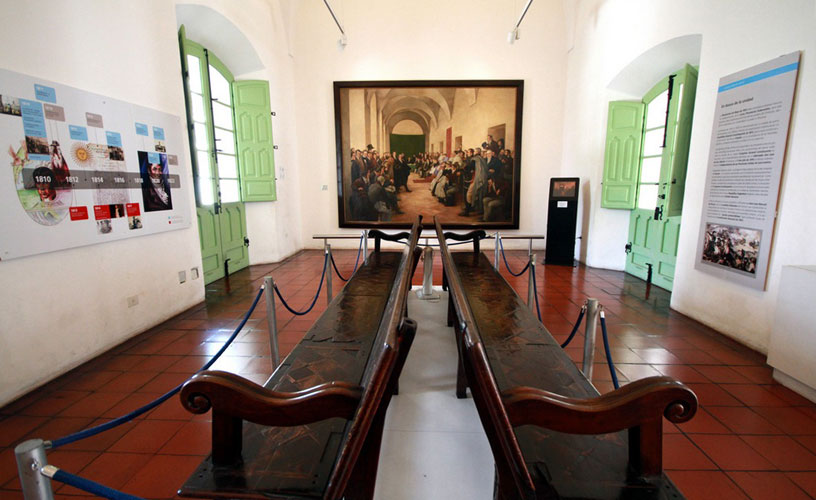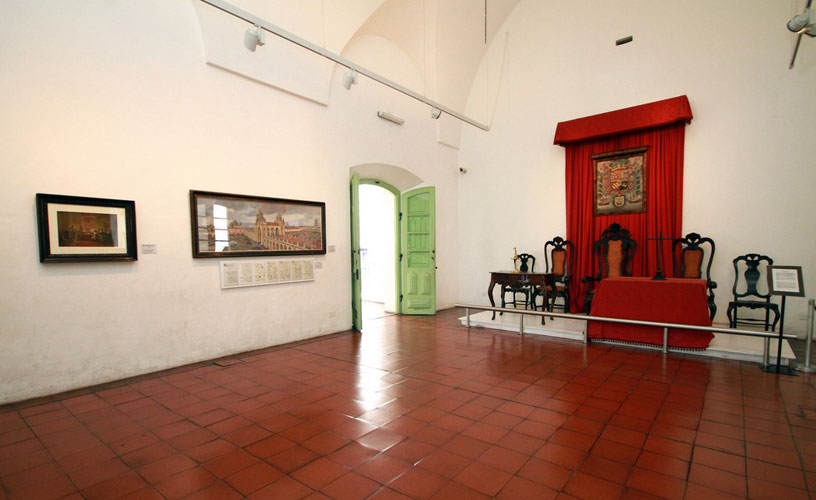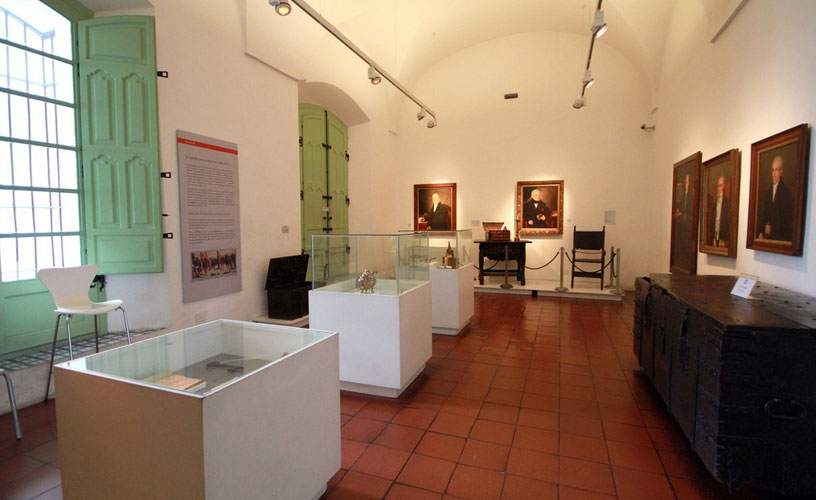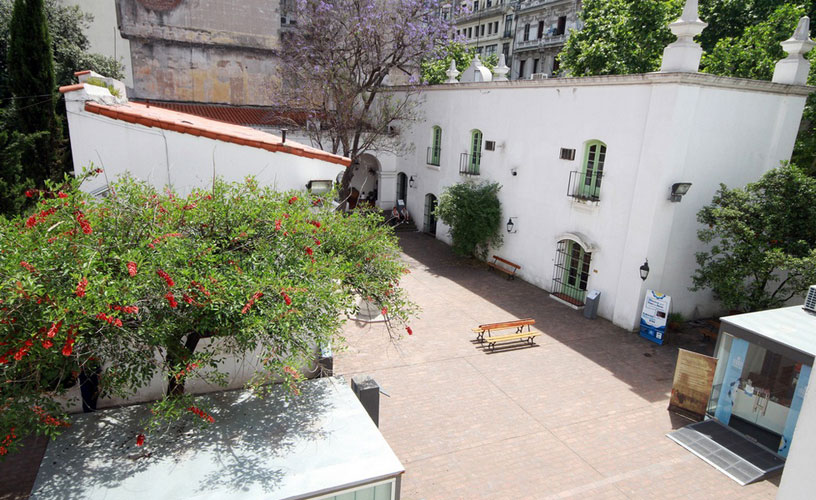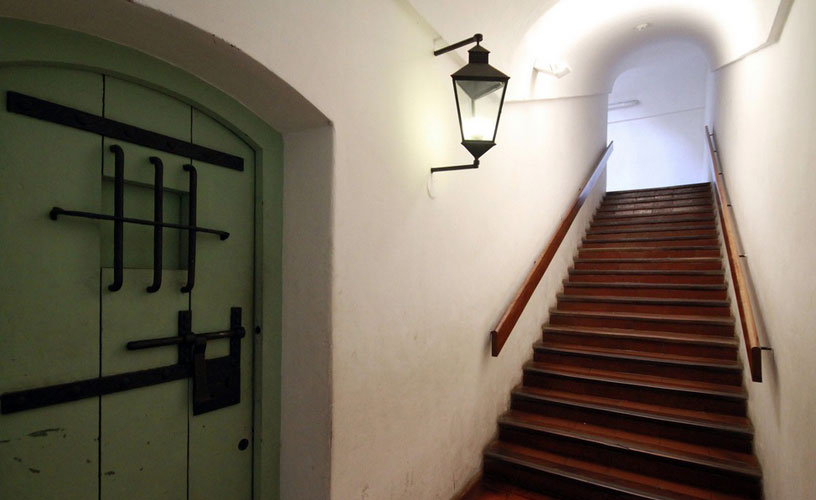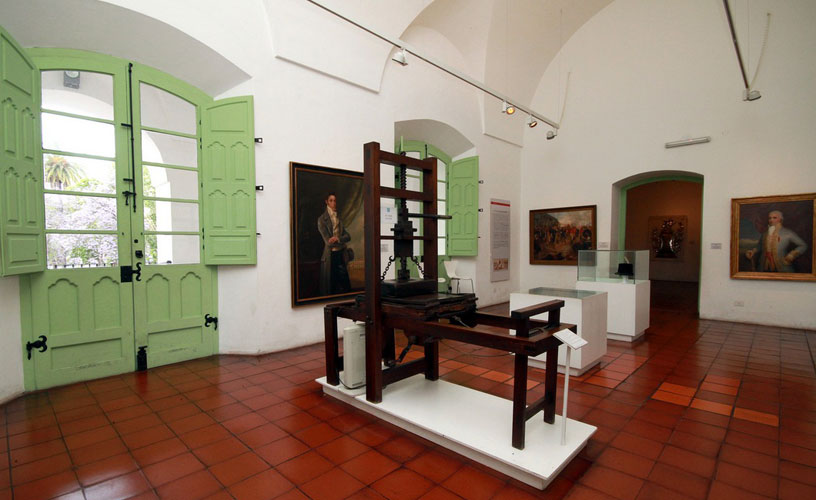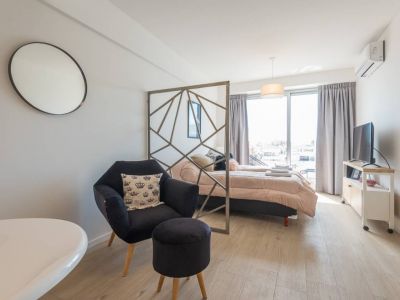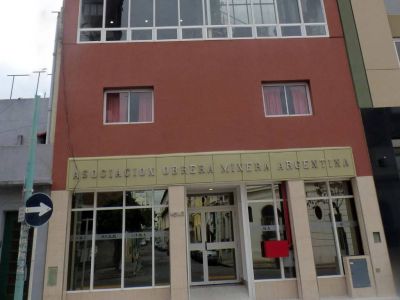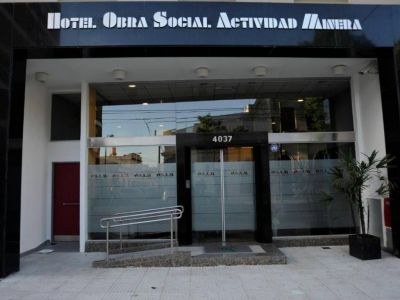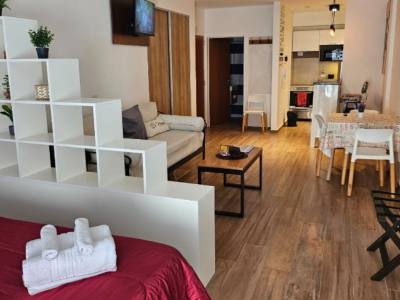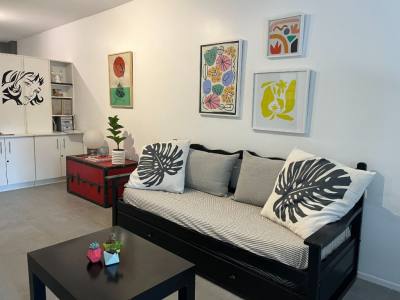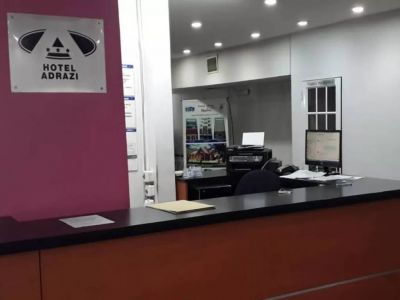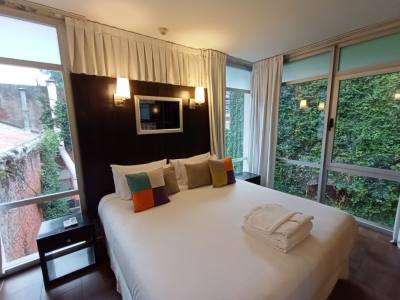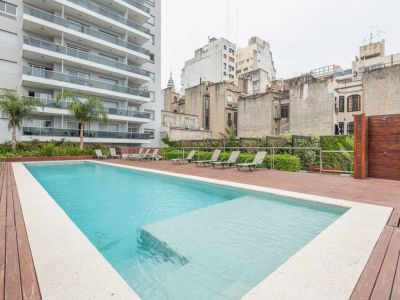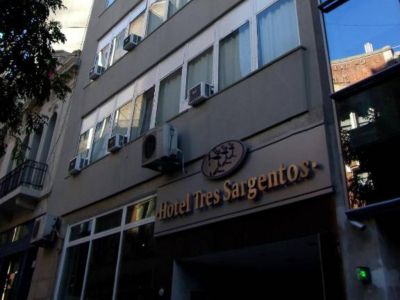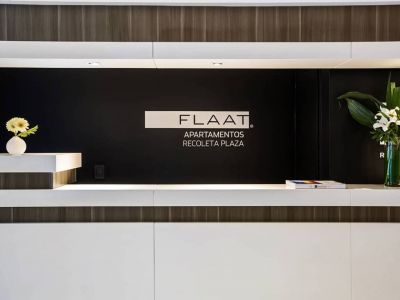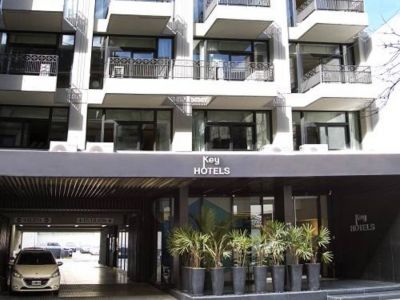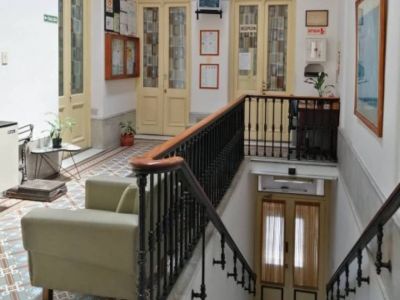As many of the things we believe we know, the Cabildo (that white building standing at one end of Mayo Square, we Argentinian citizens have seen so many times in postcards, lithographs and history books) hides much more than what it shows and has a history to tell.
Before and After
This building is one of the few constructions from the Eighteenth century still standing in Buenos Aires. Inside the Argentinian memory, it will always be linked to the events stirring in the days of May, 1810, which years later led to the country’s independence. But by then, the building was already half a century old.
The cabildo as a typically Spanish institution was made up by a group of collegiate members who would perform administrative, legislative, judicial, police and military functions. For a city in the new colonies to be considered as such, it should have a cabildo. Therefore, when he founded the City of Trinidad y Puerto de Santa María de Buenos Aires, Juan de Garay provided a space for this unit in 1580. However, the construction works did not finish until 1751.
The administration of the city would be carried out inside the building and it was in one of its sessions known as “open cabildos” that in 1810, the First Assembly was named at the cabildo going beyond its regular functions.
But after those historical days, the building continued operating as a judicial and criminal center. In 1880 it housed the National Court of Justice. The changes introduced in the penal code in 1886 altered its functions and the functions of the Cabildo were finally ceased.
The Depths of History
As we came close to the access gate through the outdoor gallery full of arches, we thought we would see something we already knew after having seen this building so many times. But we would be surprised more than once.
The first thing that caught our attention as we had a look at the original Eighteenth-century stocks at the entrance was to learn that, at the time of the Revolution and long afterwards, the building would house the prison of the City of Buenos Aires.
The law of the time made a difference between white, black and natives. The prisoners would be arrested and tortured according to the regulations in force until practically the end of the Nineteenth century. In those days, the aim was not to separate a dangerous element from the rest of the city in order to re-educate them, but to give a terrible and evident example to the rest of the population as a threat for those who might be planning to commit crimes in the future.
To Be and to Appear to Be
We came to the second surprise following the information signs displayed all throughout the museum. It turns out that this building we were visiting (the same portrayed in so many pictures in the history books) was not exactly the same building the May revolutionaries saw in 1810.
By the 1930s (when it was about to be demolished), it was declared National Historical Monument and the projects to rebuild it began. The Cabildo had a completely different aspect.
In 1860, its tower had been remodeled. In 1880, a third body had been added to the tower and its façade had been modified in order to cover the Spanish style and make the construction more similar to the Italian-French architecture typical of those days. In 1889, three arches had been torn down in the North wing in order to open way for Mayo Avenue. As a consequence, an in order to keep the symmetry of the building, the tower built in 1880 was knocked down. In 1931, the three arches in the South wing were pulled down to open way for Julio Argentino Roca Diagonal. It was about to be completely demolished but a campaign was organized to raise awareness of our historical heritage and it resulted in the building we see today.
A Promise is a Promise
But not everything is a surprise in this museum. As we had expected, we found the relics of the old Buenos Aires, such as a sample of the various mechanisms used to light the city streets.
Moreover, there are paintings, tools, furniture and clothes related to the 1810 Revolution on display, as well as the members of the First Assembly, plates commemorating the expelling of the English in 1806, standards of the Spanish crown. To sum up: everything that represents the cradle of Argentina.
Marcos Rodríguez
Gentileza Ministerio de Cultura - cultura.gob.ar
Phone: +54 11-43426729
